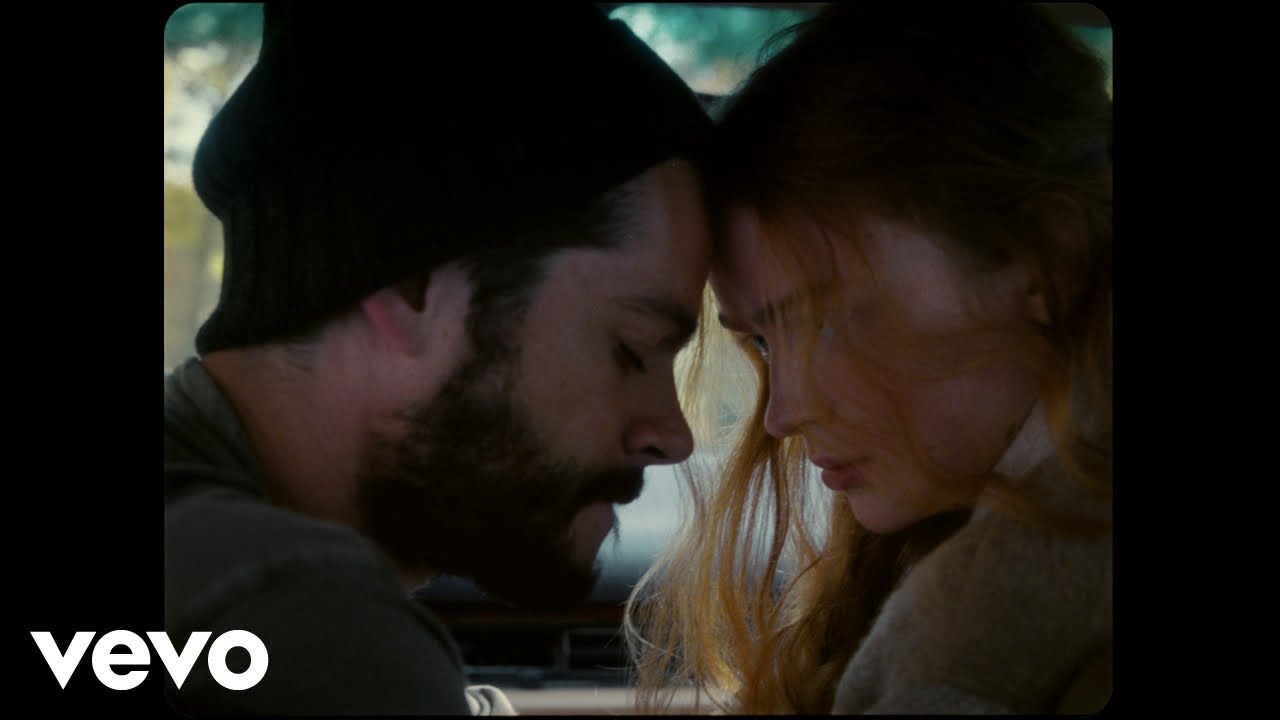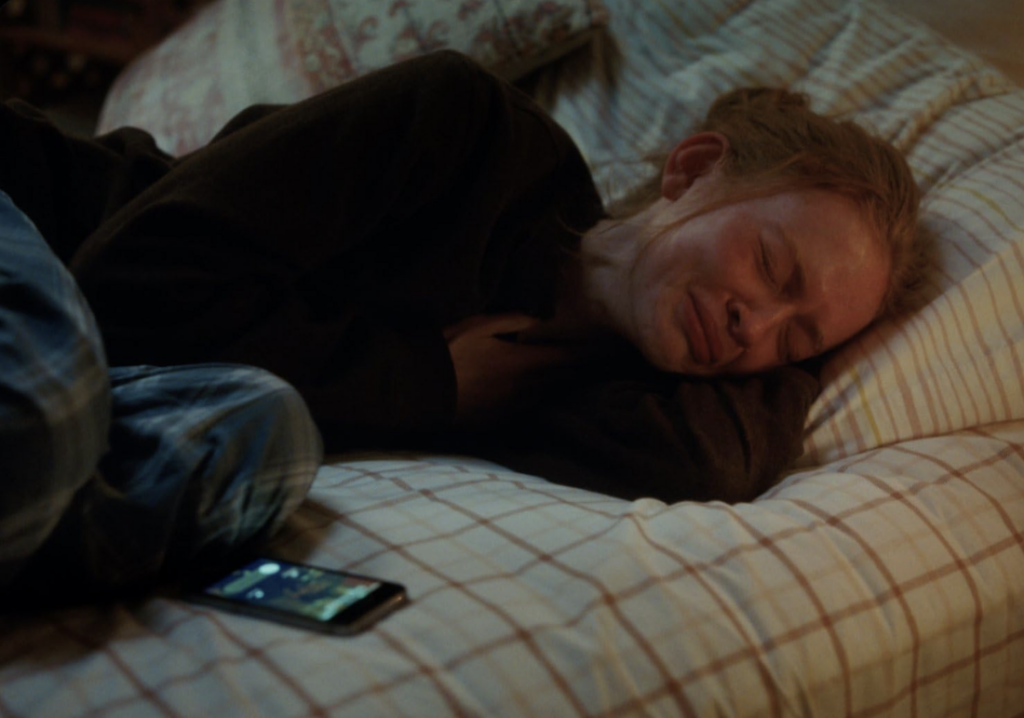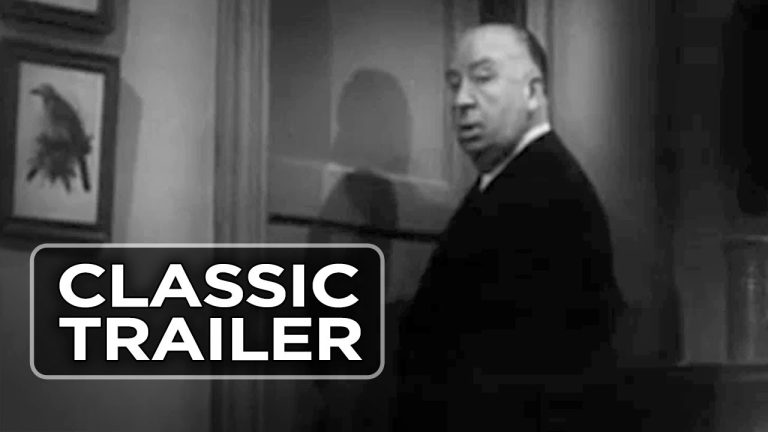These are a few lessons writers can learn from one of the modern masters of storytelling. Whether you are or are not a fan of Taylor Swift, it is hard to deny that she is a powerhouse at any creative endeavor she pursues. From her world-dominating Eras Tour to game-changing moves that have shaped the music industry, Swift is a smart creative who knows that the little details matter.
Over the last several years, Swift has been shifting toward filmmaking, expanding on her highly detailed storytelling skills that already exist in each of her songs since the beginning of her songwriting career. While Swift hasn’t directed anything longer than 15 minutes, her short film All Too Well: The Short Film, showcased her talents as a storyteller on another level. Her talents are in her storytelling, which captures a tiny, nuanced moment in her life.
Let’s take a look at the lessons we can learn from Swift’s career as an emerging filmmaker, and how you can incorporate them into your workflow.
Use Your Experiences
One of the factors that makes each of Swift’s projects stand out amongst the crowd is the narrative she crafts. Each song she writes tells a story. The specificity of the lyrics describes events, visuals, and feelings that seem to come from lived experiences. These are stories that no one else could have written because nobody experienced these moments the way Swift did.
One of Swift’s favorite quotes is Nora Ephron’s motto of “Everything is copy,” which means that every single aspect of your lived experiences can be used in your creative work. Everything that happens, good or bad, can be used as material for our writing. This could include personal experiences, observations, and even our mistakes. Don’t be afraid if the idea isn’t wholly original. Instead, discover the details that make this story specific to your life. Personal experiences are valuable and can be used to create meaningful and resonant writing.
Read More: Write Your Short Film in 7 Days
Pay Attention to the Details
Throughout Swift’s entire career, there is a meta-narrative that Swift has been carefully crafting since her debut in 2006 by embedding easter eggs and hints in her song lyrics, album notes, media posts, and music videos. The symbolism and imagery have grown over time to a point that fans use abbreviations, coded catchphrases, and references that build a bigger world that seems foreign to anyone outside Swift’s carefully built world.
Swift is a master at crafting an ongoing narrative because she pays as much attention to the details as her fans do. From each inch of a frame of her music videos to how much information she can deliver in as few words as possible. To Swift, the details matter. To Swift’s fans, the details matter. Needless to say, the details are what make crafting a story, be that a single narrative or the metanarrative that ties your entire catalog of work together, exciting for you and those interacting with the world you are creating.
Read More: How to Incorporate Visuals Into Your Screenplay
Use Strong Visuals to Evoke Emotion
During Swift’s 1989 era, her music videos took a step away from a direct translation of her lyrics to a more cinematic story that plays along with an idea in the song. Taking a note from her long-time director Joseph Kahn, Swift obsessively storyboards her music videos, filling each video tightly with visuals that evoke the emotions of the song.
“One of my favorite parts of directing music videos is the daydream/prep phase: writing up a treatment, a shot list, and working with an animator to storyboard it out ahead of time,” Swift wrote on her socials. “Thanks to illustrator Vincent Lucido, we can check off our shots as we go. A video showing the before and after of the willow video is out now.”
Swift’s storyboarding is a natural extension of her already masterful storytelling. The details in the frame both play to and add to the already existing metanarrative while creating a visual narrative that the audience wouldn’t hear in her song lyrics. A recent example comes from the “Karma” music video when Swift sings the line, “Karam is the guy on the screen coming straight home to me,” and the oar cuts through the water, breaking up the image of Swift singing these lines. This line likely references Swift’s relationship with actor Joe Alwyn which ended sometime between the release of the song and the release of the music video. The oar that breaks the reflecting image of Swift singing this line highlights the changes in Swift’s life while adding visual layers to the overarching narrative of Swift’s personal life in her work.
There is power in showing the audience a detail that lends itself to the visual subtext and overall themes of your story.
Read More: How to Write Short Stories That Make An Emotional Impact
Just Keeping Writing
Like any other skill, your storytelling can improve if you keep practicing and letting others read your work. Not every single story you write will be gold, but not writing at all would be devastating to your screenwriting career.
During one of the Variety Directors on Directors conversations, Swift told writer/director Martin McDonagh that she feels freer to create because “the more you create, hopefully, the less pressure you put on yourself.” As a screenwriter, it is important to stick to a writing schedule to achieve writing goals, build your creative momentum, and sharpen your writing skills, which will make the next writing project (hopefully) easier.
While we can’t be Taylor Swift, there are lessons we can pull from her success as a storyteller and implement them into our creative processes. Don’t be afraid to use moments from your life to influence a story, pay attention to the details that make the visuals stand out, and just keep writing, even if you don’t feel like it. You might surprise yourself along the way.
Read More: Tips For Staying Inspired Between the Highs and Lows of Screenwriting
CHECK OUT OUR PREPARATION NOTES SO YOU START YOUR STORY OFF ON THE RIGHT TRACK!
The post 4 Lessons Taylor Swift Can Teach You About Storytelling appeared first on ScreenCraft.
Go to Source
Author: Alyssa Miller








